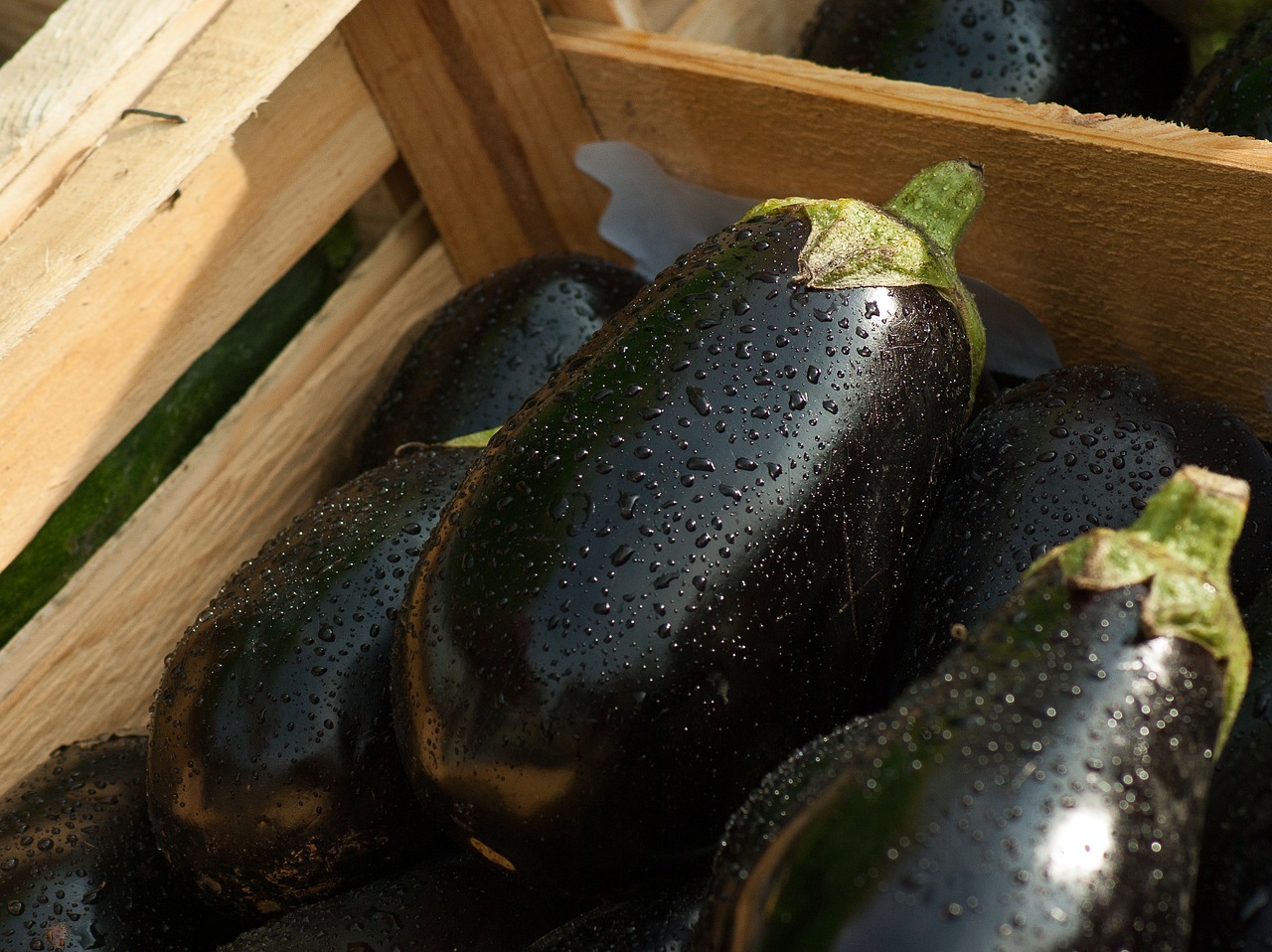In keeping with the name of our blog, today’s article is about aubergines. We present some facts about them you may not have known.
- Aubergines should not be eaten raw as they contain bitter substances and solanine.
- According to various sources, aubergines have the highest level of nicotine of all vegetables and fruits.
- There are three types of aubergines: the egg-shaped aubergine we know, a variation with long, slender fruits and one with small fruits.
- Aubergines are berries in the botanical sense, not vegetables.
- Aubergines are closely related to tomatoes and potatoes.
- They have few calories and are rich in potassium, calcium and vitamin C.
- People used to think that aubergines were poisonous because they belong to the nightshade family, which includes various poisonous plants.
- Italians thought for a while that aubergines drove people to madness.
- Some people experience allergic reactions such as an irritated tongue, headache or upset stomach after eating aubergines.
- It’s best to store aubergines in the fridge, at least if you don’t plan to eat them straight away. That way they will last the longest.
- A fried aubergine absorbs four times as much fat as potatoes. So it’s better not to deep-fry them if you want to keep it healthy!

By the way, aubergines are in season from June to September. In Switzerland, they are grown in summer and autumn. So if you prefer aubergines from a regional cultivation, you can mark the months June to September in your calendar.
How to recognise a ripe aubergine?

The main way to recognise a ripe fruit is by its skin. The skin should be smooth, a little shiny and give slightly when pressed lightly. A fresh fruit contains relatively much water and feels full. A rich green should be visible on the stalk.











What do you think?